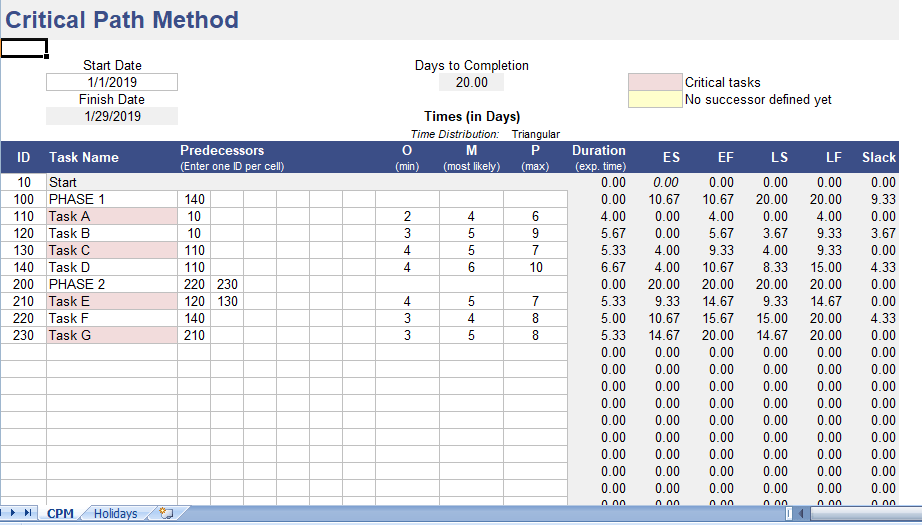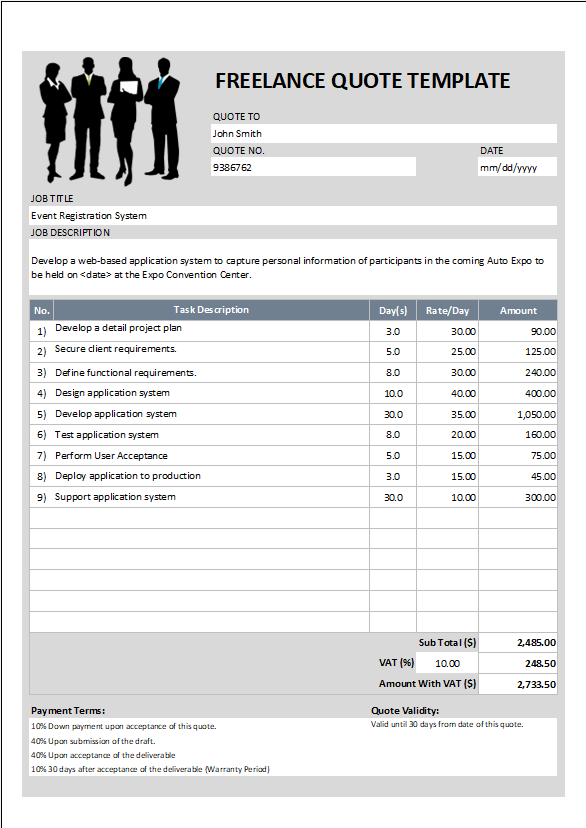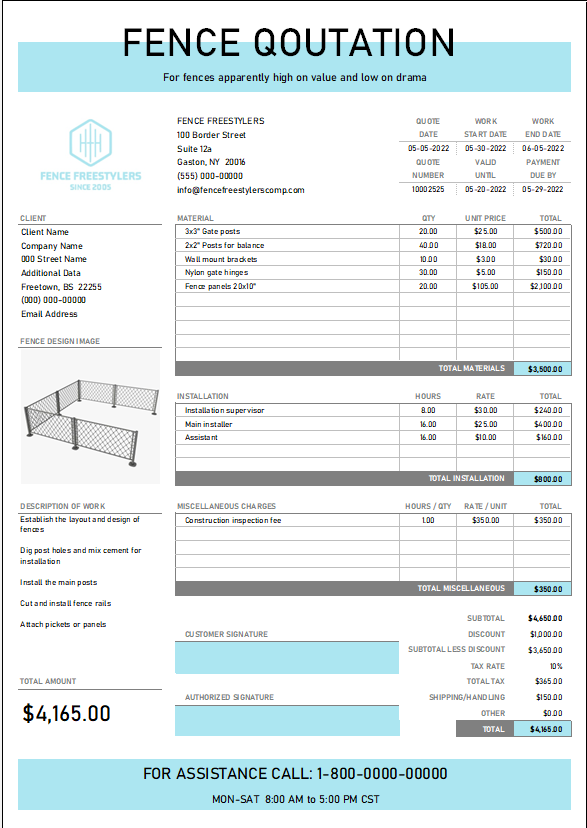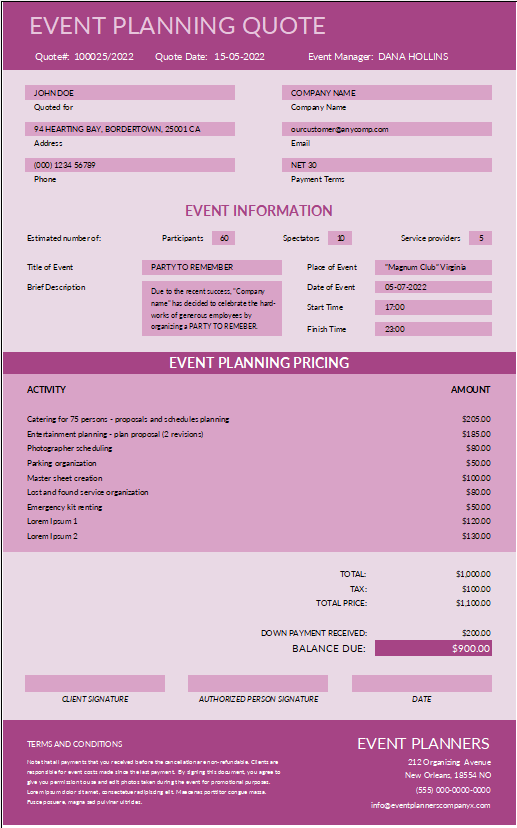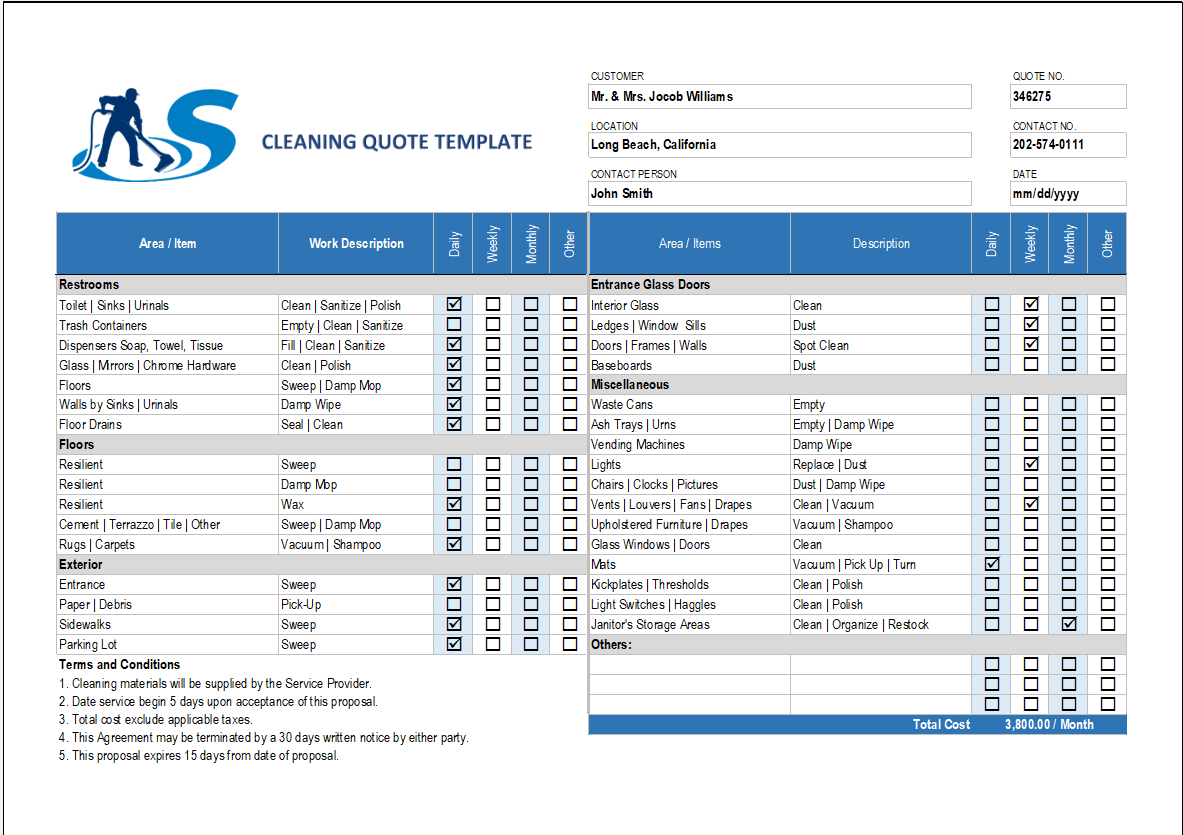Enhance Project Management with Our Free Critical Path Analysis Excel Template
Managing a project successfully involves navigating through a maze of tasks, dependencies, and deadlines. At the heart of this complex network lies the critical path, a sequence of dependent tasks that determines the shortest possible project duration. This blog post introduces our free critical path analysis Excel template, a powerful tool designed to simplify the calculation and analysis of the Critical Path Method (CPM).
Understanding the Critical Path Method (CPM)
The Critical Path Method (CPM) is a project modeling technique developed in the late 1950s. It involves identifying the essential tasks that need to be completed to ensure a project is finished on time.
The “critical path” refers to the longest stretch of dependent activities and measures from the start to the end of your project. Delays in any task on the critical path directly impact the project’s end date, highlighting why these tasks require special attention.
The Importance of CPM
CPM is a crucial part of project management for several reasons. It helps in setting realistic deadlines, efficiently allocating resources, and minimizing project risks and delays. It also aids in effective communication and transparency among project team members about vital tasks and project timelines.
Benefits of CPM
- Effective Planning and Scheduling: CPM allows you to identify the most time-sensitive activities. This knowledge ensures effective planning, scheduling, and management of tasks.
- Improved Resource Allocation: By understanding which tasks are critical, you can better allocate resources where they are needed most.
- Risk Management: Identifying the critical path allows project managers to anticipate potential delays and formulate backup or risk management plans.
Our Free Critical Path Analysis Excel Template
Our free critical path analysis Excel template is designed to make calculating and analyzing the critical path of your project easy. It’s an efficient tool that significantly reduces manual work and potential errors, enhancing productivity and project outcomes.
How Our Excel Template Works
The Excel template requires you to input details like the project start and end dates, path ID, task name, predecessor process ID, and the duration of each task. Other important details include early start, early finish, late start, and late finish.
Based on the provided inputs, the template automatically calculates the critical path of the project. This saves time and effort and allows you to focus on task management and completion rather than complex calculations.
Benefits to Different Users
Whether you’re a project manager, a team leader, or a project stakeholder, our free Excel template for critical path analysis can be highly beneficial.
- Project Managers: The template helps project managers visualize the critical path and aids in resource allocation, risk management, and setting realistic timelines.
- Team Leaders: For team leaders, this tool can help in identifying critical tasks that need immediate attention and ensuring effective communication within the team.
- Stakeholders: For stakeholders, this template provides a clear picture of the project timeline, potential delays, and the overall progress of the project.
Conclusion
Our free Critical Path Analysis Excel template is a user-friendly, powerful tool that aids in effective project management. It automates complex calculations, provides visual representation of critical tasks, and helps in effective planning and resource allocation.
Enhance your project management process today by downloading our free Critical Path Analysis Excel Template. This simple yet powerful tool can significantly impact the success of your project. Give it a try and experience the ease of project management with our free Excel template.

